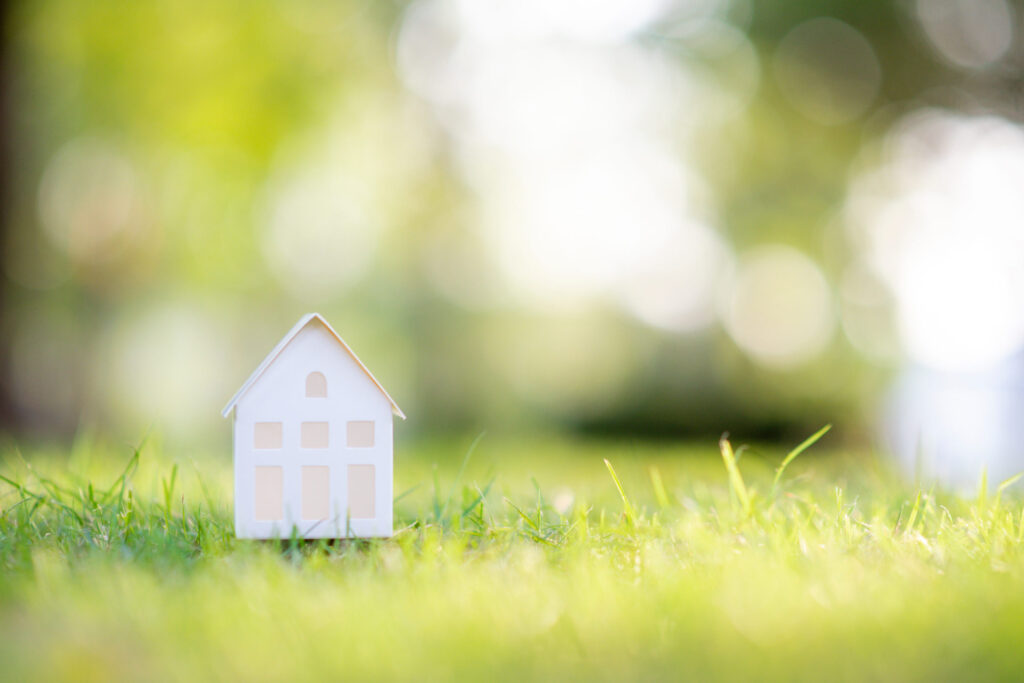Taxonomy check for building products with Building Material Scout

With regard to the building materials used, the EU’s taxonomy sets out specific requirements that must be verified and documented in construction projects. The Building Material Scout provides support for both verification and project documentation.
To be considered sustainable in the sense of the taxonomy, a building product must achieve a clearly positive effect in one of the environmental objectives defined in the taxonomy (Substantial Contribution/SC), but must not have a negative impact on the other areas (Do No Significant Harm/DNSH). The following objectives are defined in the taxonomy for the environment:
- Climate protection
- Adaptation to climate change
- Sustainable use and protection of water and marine resources
- Transition to a circular economy
- Prevention and reduction of environmental pollution
- Protection and restoration of biodiversity and ecosystems
As things stand at present (February 2022), all construction products used for a construction project must meet the technical requirements for the SC criterion climate protection and the DNSH criteria water, circular economy and pollution prevention.
Technical requirements for taxonomy-compliant construction products
The taxonomy check with Building Material Scout checks whether the building products used comply with the technical evaluation criteria in the following areas:
1 Climate protection/climate mitigation (SC)
Life-cycle global warming potential (GWP) / carbon footprint
Environmental product declarations must be provided for construction products where available.
For buildings larger than 5000 m2 , the global warming potential (GWP) of the building resulting from construction has been calculated for each phase of the life cycle and disclosed to investors and customers on request.
2 Circular Economy (DNSH)
2.1 Recycling rate
At least 70% (by weight) of non-hazardous construction and demolition waste is processed for reuse, recycling and other material recovery, including backfilling of waste as a substitute for other materials.
Naturally occurring substances of category 17 05 04 of the European Waste List according to 2000/532/EC are excluded.
Operators limit waste generation during construction and demolition processes
- taking into account the best available techniques,
- by selective demolition to enable the removal and safe handling of hazardous materials and to facilitate reuse,
- through high-grade recycling by selective material removal using existing sorting systems for construction and demolition waste.
2.2 Demountability and separability of the materials used
Building concepts, construction techniques and materials must be used that comply with ISO 20887
- support the circular economy,
- Designing buildings to be resource-efficient, adaptable and flexible and
- which makes it easy to dismantle and separate individual materials by type.
3 Pollution prevention (DNSH)
3.1 Exclusion of substances that are harmful to health and the environment
Certain requirements must be met for all building materials used, manufacturing processes for building materials, products and construction methods. The construction process does not lead to the manufacture, placing on the market or use of materials of concern.
3.2 Use of low-emission building products indoors
Specified limit values for emissions apply to paints and varnishes, ceiling tiles, floor coverings, including associated adhesives and sealants, interior insulation and interior surface treatments, e.g. for the treatment of moisture and mold.
The products can be installed with low levels of dust and other pollutants and removed after the period of use.
During construction or maintenance work, measures are taken to reduce noise, dust and pollutant emissions.
4 Sustainable use of water resources /Water (DNSH)
Water-saving fittings
If installed, the specified water consumption for sanitary fittings (washbasin/kitchen taps, showers, WCs, urinals) is confirmed in accordance with the defined technical specifications. The exception is installations in residential buildings.
These criteria are stored in the BMS database, so products can be easily filtered according to them.
The performance of a product in the areas of biodiversity/biodiversity and adaptation to climate change/climate adaptation is not part of the BMS assessment.


